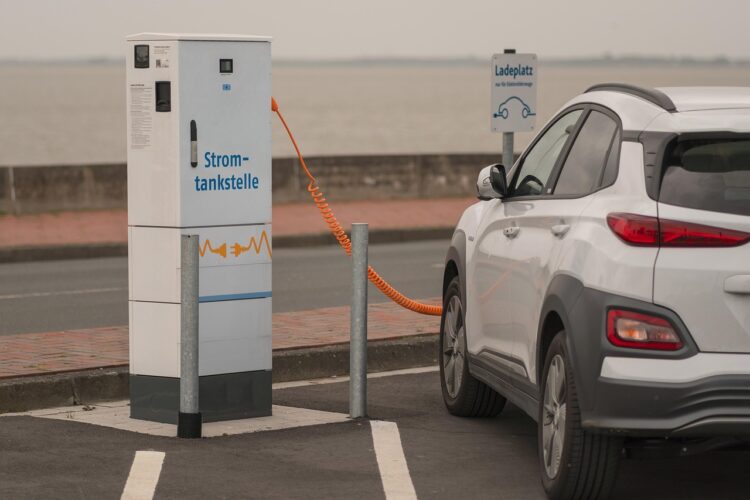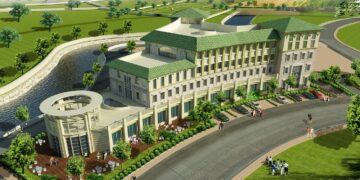Emerging Trends in Sustainable Architecture: Envisioning the Future of Green Buildings
In the quest towards a more sustainable and environmentally friendly future, architecture plays a pivotal role. The field of sustainable architecture is rapidly evolving, introducing innovative designs and technologies aimed at reducing the ecological footprint of buildings. As global attention shifts towards sustainability, understanding the emerging trends in green building design is essential for anyone involved in the construction, renovation, or the design industry.
Advancements in Green Building Materials
One of the key elements in sustainable architecture is the use of eco-friendly materials. Research and innovation have led to the development of new, sustainable building materials that not only minimize environmental impact but also enhance energy efficiency. For instance, the use of recycled materials such as reclaimed wood and recycled steel has seen a surge, helping reduce waste and conserve natural resources. Moreover, biodegradable materials like bamboo and hemp are becoming increasingly popular due to their low environmental impact and high structural strength.
Integration of Renewable Energy Sources
The integration of renewable energy sources into building designs is a trend that continues to grow. Solar panels, wind turbines, and geothermal systems are commonly incorporated into modern green buildings to reduce reliance on non-renewable energy sources. These technologies harness natural energy, significantly lowering greenhouse gas emissions and reducing overall energy costs for occupants.
Smart Buildings and Automation
Technology plays a crucial role in the development of sustainable buildings. Smart buildings equipped with advanced automation systems can optimize energy consumption, reduce waste, and maintain ideal living conditions with minimal human intervention. Features like automated lighting, heating, and cooling systems, as well as smart thermostats and sensors, contribute to a building’s operational efficiency, making it more sustainable in the long run.
Building Design and Passive Strategies
Sustainable architecture also involves innovative design strategies that enhance natural elements’ effectiveness within the built environment. Techniques such as passive solar design, which takes advantage of the sun’s natural warmth, and cool roofing, which reflects more sunlight and absorbs less heat, are examples of design principles that can decrease a building’s energy demands. Moreover, incorporating green spaces within and around buildings can improve air quality and provide natural insulation.
Water Conservation and Management
Efficient water management is another cornerstone of sustainable architecture. The implementation of rainwater harvesting systems, water-efficient fixtures, and greywater recycling can dramatically reduce water usage and help manage resources more wisely. Such systems not only lower the strain on municipal water supplies but also underscore the potential of integrated, sustainable building designs in addressing critical resource challenges.
Urban Adaptation and Resilient Designs
As urban areas continue to expand, the application of resilient design in architecture is crucial. This approach takes into account the effects of climate change and natural disasters, aiming to create structures that can withstand and quickly recover from these challenges. Sustainable urban designs emphasize durability, flexibility, and the capacity for adaptation, ensuring long-term sustainability in the face of fluctuating environmental conditions.
Regenerative Architecture
Moving beyond sustainability, regenerative architecture represents an innovative trend aimed at creating buildings that can positively impact the environment. The concept revolves around constructions that not only minimize harm but also have restorative effects on the environment. By producing more energy than they consume and actively improving their surroundings, these buildings represent the pinnacle of green architectural design.
Challenges and the Future of Sustainable Architecture
Despite the promising advancements in sustainable architecture, challenges such as high initial costs, regulatory hurdles, and technological limitations still impede widespread implementation. However, as technology advances and societal awareness increases, these challenges are gradually being overcome.
Looking to the future, the trends in sustainable architecture suggest a shift towards more innovative, efficient, and environmentally integrated designs. The continued emphasis on research and development, coupled with growing regulatory support for green building practices, paints a hopeful picture of the future where sustainable buildings are the norm, not the exception.
Conclusion
The future of sustainable architecture looks bright, with new materials, technologies, and design philosophies emerging at a rapid pace. As these trends continue to evolve, they pave the way for a more sustainable world, where green buildings play a crucial role in promoting environmental stewardship and enhancing the quality of life for all.










